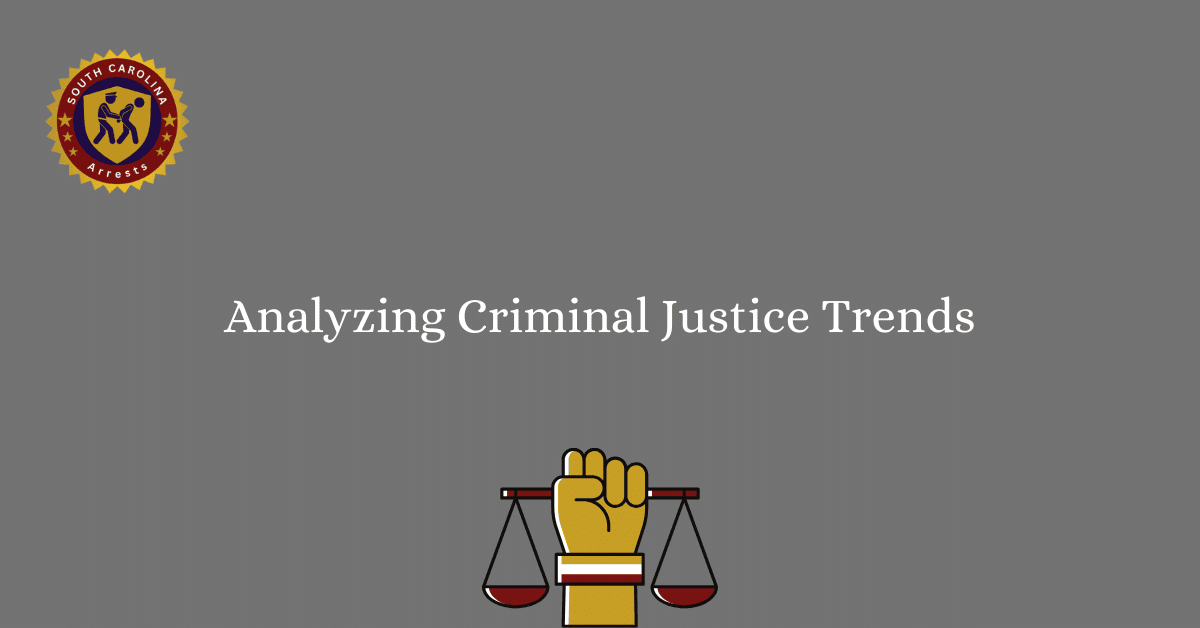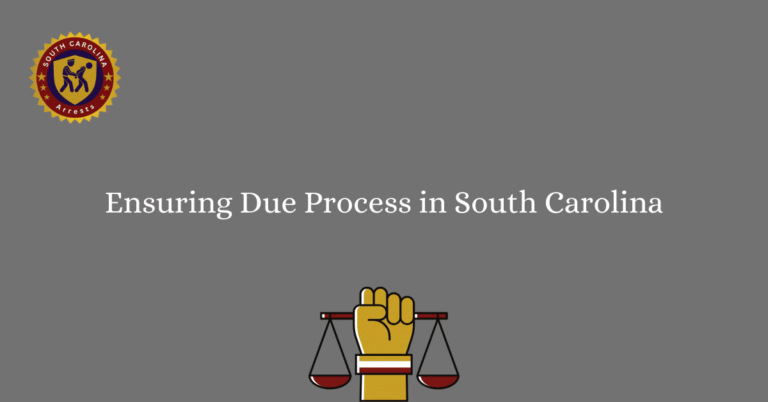Analyzing Criminal Justice Trends
Analyzing Criminal Justice Trends involves a deep dive into patterns and shifts within the legal system. Understanding the evolution of crime rates, policing strategies, and sentencing practices is crucial in shaping future policies and interventions. By examining data and research on criminal justice trends, we can identify areas of improvement and implement evidence-based solutions to address societal challenges.
Exploring the dynamics of criminal justice trends enables us to grasp the complexities of law enforcement, court proceedings, and correctional systems. By staying informed about emerging issues such as technology’s impact on crime or changes in sentencing laws, we can adapt our practices to meet the evolving needs of communities. Analyzing Criminal Justice Trends provides valuable insights for policymakers, practitioners, and the public to collaborate effectively in promoting safety and justice for all.
Overview of Criminal Justice Trends
The field of criminal justice is constantly evolving, influenced by various factors such as societal changes, technological advancements, and shifting public opinions. Understanding these trends is crucial for policymakers, law enforcement agencies, and community members to effectively address issues related to crime and public safety.
Evolution of Crime Rates
Over the years, crime rates have fluctuated, with certain types of crimes becoming more prevalent while others have decreased. Data analysis plays a key role in identifying these trends, helping law enforcement agencies allocate resources efficiently and develop strategies to combat criminal activities.
Policing Strategies and Innovations
Law enforcement agencies have adopted various policing strategies and innovations to adapt to changing crime trends. Community policing, predictive policing, and the use of technology such as body cameras and drones have become common practices in modern law enforcement efforts.
Shifts in Sentencing Practices
Sentencing practices have also evolved over time, with a focus on rehabilitation and restorative justice gaining traction in some jurisdictions. Alternatives to incarceration, such as drug courts and diversion programs, aim to address the root causes of criminal behavior and reduce recidivism rates.
Impact of Technology on Crime
Advancements in technology have had a profound impact on crime, both in terms of enabling criminal activities and assisting law enforcement in solving cases. Cybercrime, identity theft, and online fraud have become major concerns, prompting the need for specialized units and expertise within police departments.
Changes in Sentencing Laws
Legislative changes in sentencing laws have also influenced criminal justice trends, with a shift towards more lenient or harsher penalties for certain offenses. Sentencing reform efforts aim to address disparities in the justice system and promote fairness and equity in punishment.
Adapting Practices to Community Needs
Community needs and perspectives play a crucial role in shaping criminal justice practices. Restorative justice programs, community policing initiatives, and victim-offender mediation programs aim to involve community members in the justice process and promote healing and reconciliation.
Collaboration for Safety and Justice
Collaboration among various stakeholders, including law enforcement agencies, government officials, community organizations, and advocacy groups, is essential for ensuring safety and justice for all. Partnerships and information sharing help address complex crime issues and promote a holistic approach to public safety.
Frequently Asked Questions
Our Frequently Asked Questions section provides detailed information on analyzing criminal justice trends to enhance your understanding of this complex topic.
What are criminal justice trends?
Criminal justice trends refer to patterns, shifts, and developments in the field of law enforcement, corrections, and the judicial system. These trends can include changes in crime rates, shifts in sentencing practices, advancements in technology, and evolving policies.
How can analyzing criminal justice trends benefit society?
Studying criminal justice trends can help policymakers, law enforcement agencies, and communities make informed decisions to enhance public safety, reduce crime rates, and improve the effectiveness of the criminal justice system. By understanding trends, stakeholders can develop targeted interventions and strategies to address emerging challenges.
What factors contribute to changes in criminal justice trends?
Various factors can influence shifts in criminal justice trends, including changes in societal norms, economic conditions, legislative reforms, advancements in technology, demographic shifts, and global events. Understanding these factors is crucial in interpreting and responding to evolving trends in the criminal justice system.
How can data analysis aid in examining criminal justice trends?
Data analysis plays a pivotal role in examining criminal justice trends by providing insights into patterns, correlations, and anomalies in crime data, offender demographics, recidivism rates, and other relevant information. Analyzing data can help identify trends, predict future developments, and evaluate the impact of policies and interventions.
What are some current challenges in analyzing criminal justice trends?
Some current challenges in analyzing criminal justice trends include data quality issues, limited access to comprehensive data sources, ethical considerations related to privacy and data usage, interpreting complex statistical analyses, and ensuring the transparency and validity of research findings. Overcoming these challenges is essential for producing accurate and reliable insights into criminal justice trends.
How do people help understand and deal with crime trends?
Individuals can contribute to understanding and addressing criminal justice trends by staying informed about current issues, supporting evidence-based policies and practices, participating in community discussions and advocacy efforts, volunteering with organizations focused on criminal justice reform, and engaging in lifelong learning to deepen their understanding of complex societal issues.







